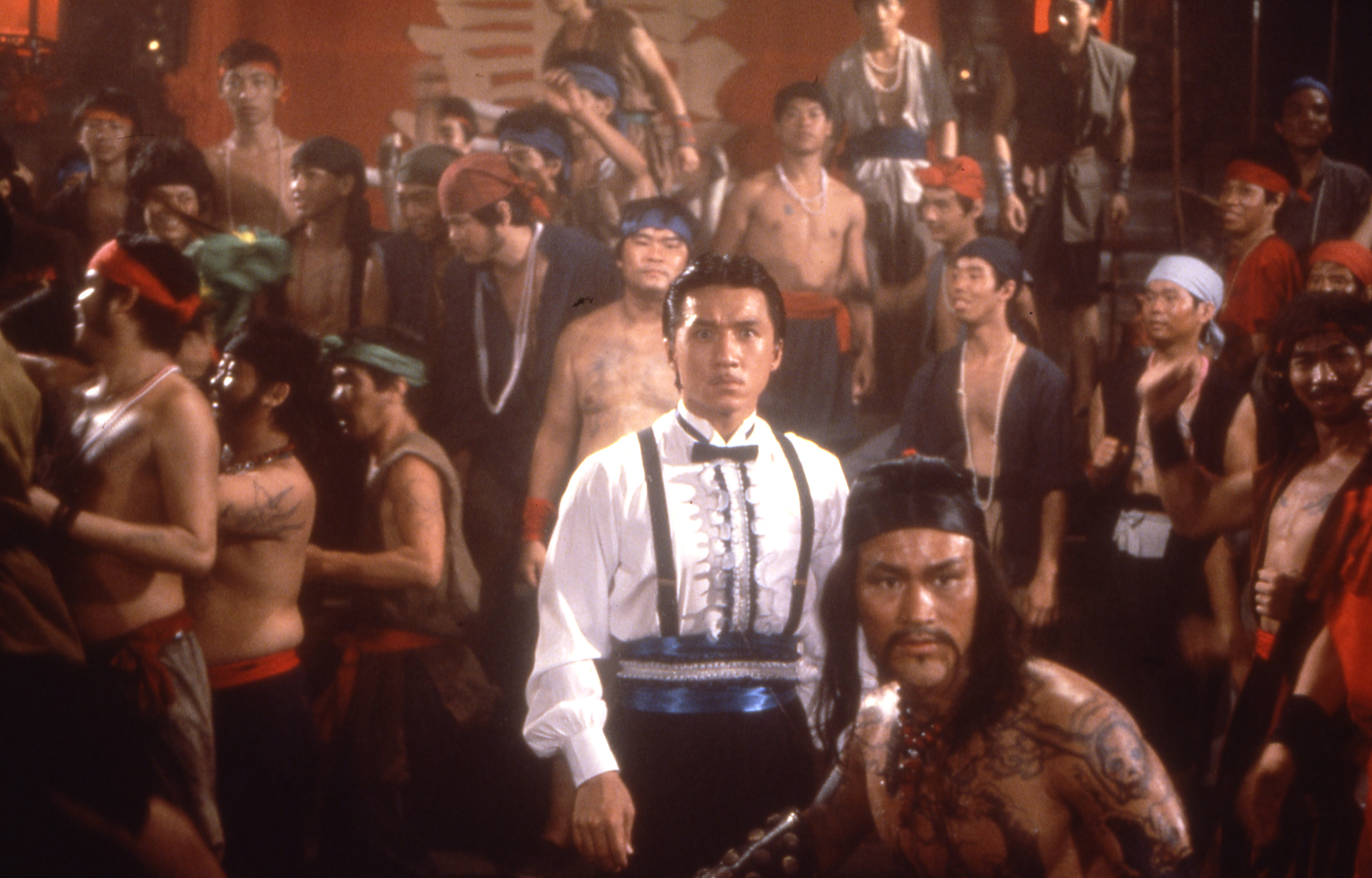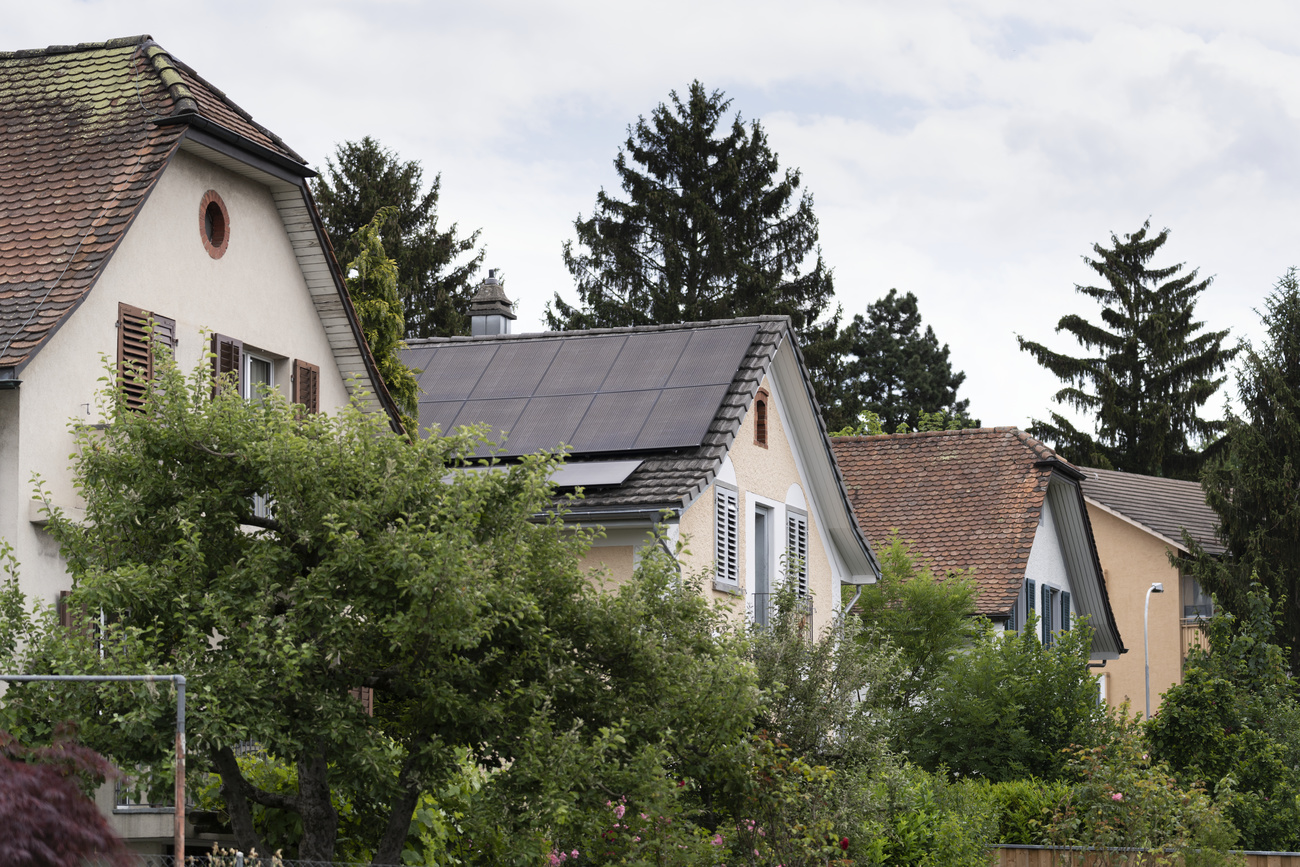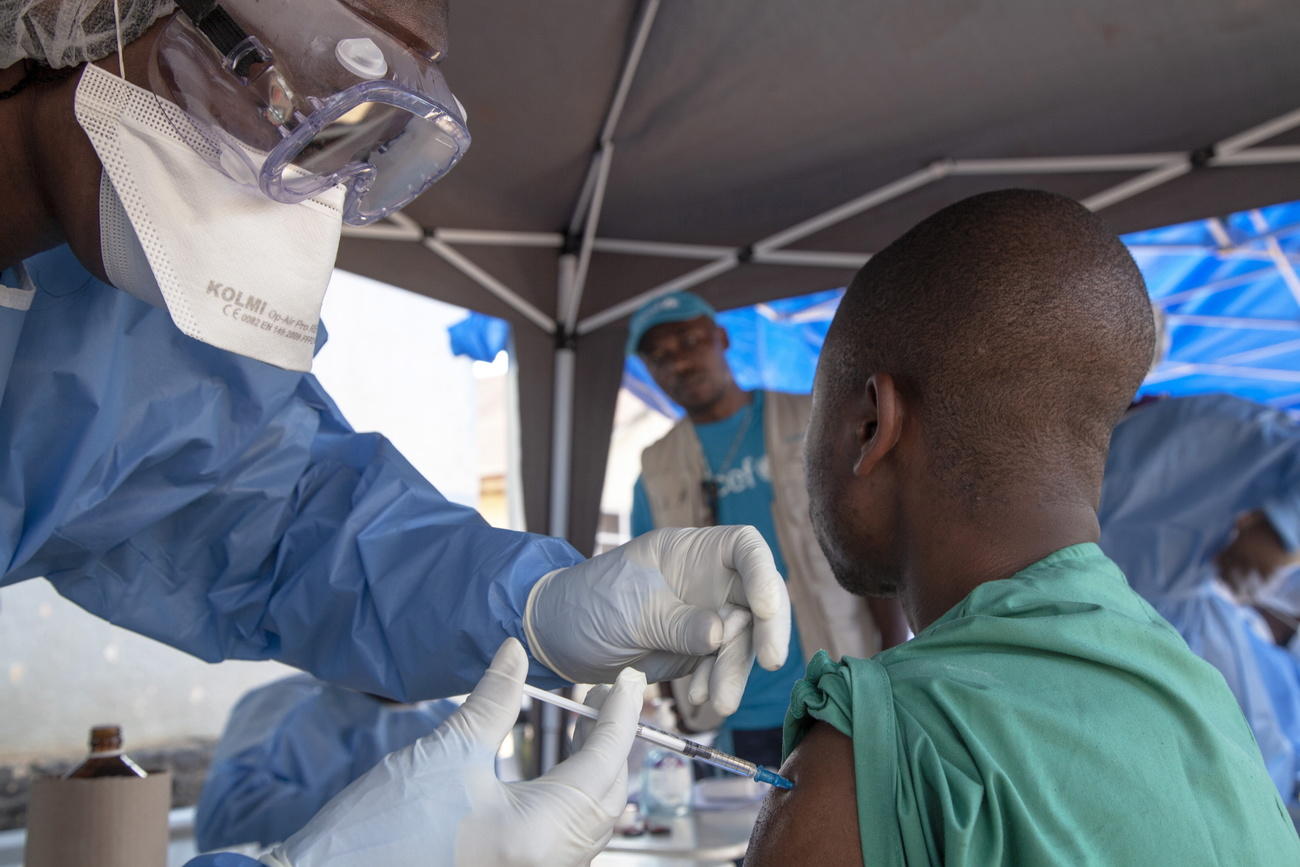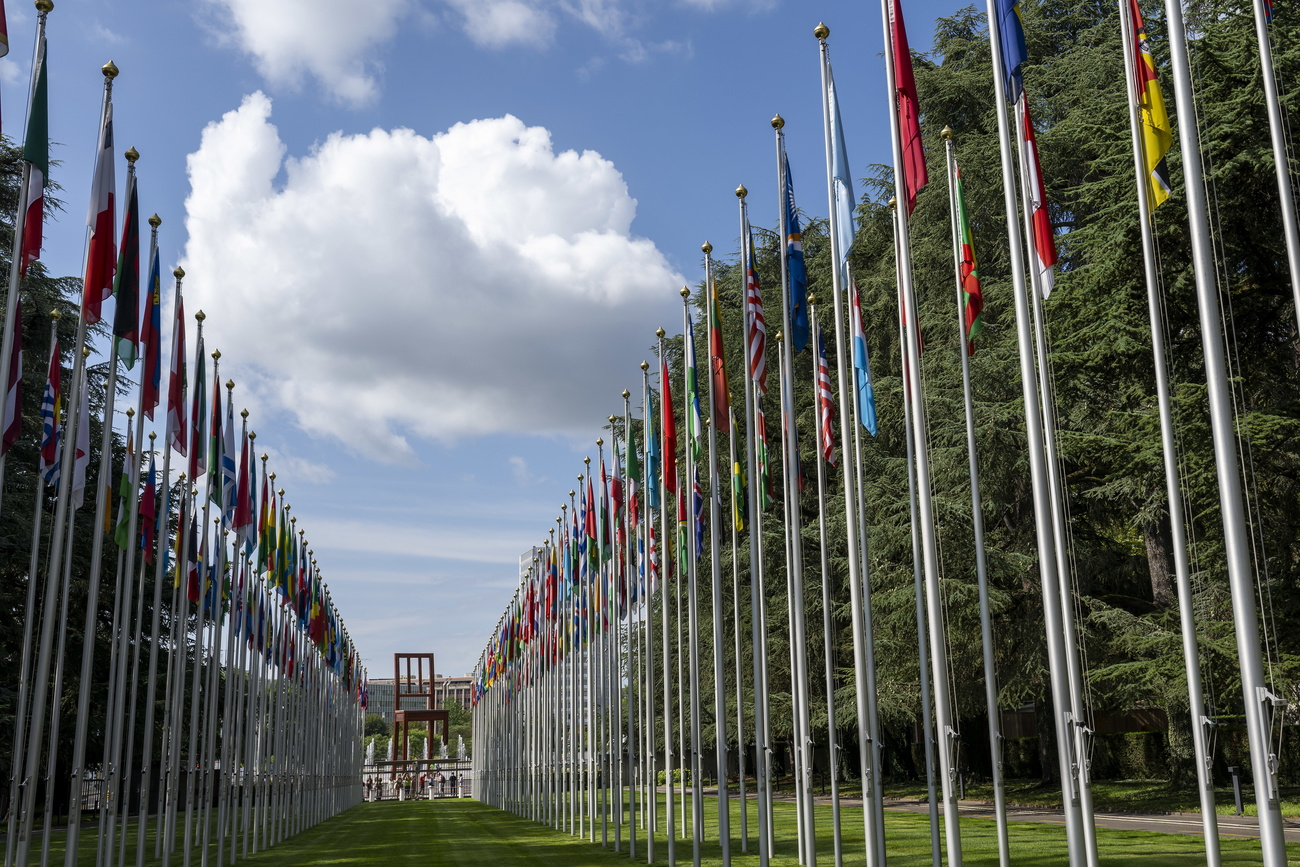
St Moritz – home of “natural” doping

As the summer's sporting calendar heats up, many of the world's top athletes are heading to the resort of St Moritz to thicken their blood.
The high-altitude mountain resort has become a Mecca for elite sportsmen and women ever since the 1960s, when the benefits of high-altitude training were discovered.
And while the famous sunshine, stunning mountain landscape and luxury living no doubt help, big names – including the four-times Tour de France winner, Lance Armstrong – continue to make the pilgrimage to St Moritz for the resort’s 1,800-metre altitude.
Armstrong even visited the resort ahead of his latest Tour de France victory.
“The ideal level for altitude training ranges between 1,400 and 2,100 metres,” says Daniel Blanc, a St Moritz-based sports doctor.
“For the 1,500 to 2,000 athletes who base themselves in St Moritz every year, the altitude provides one of the only ways of thickening their blood legally, ” he said.
Super-charged blood
Although sports like professional cycling and cross-country skiing are blighted by the seemingly widespread use of performance-enhancing drugs such as erythropoetin (EPO – a synthetic blood thickener), athletes get a similar – albeit much-reduced – effect by training in oxygen-depleted surroundings.
The human body reacts to the reduction in available oxygen at higher altitude by increasing the production of blood haemoglobin – a key carrier of oxygen to muscles.
When athletes return to lower altitudes, their thicker blood is effectively super-charged.
The benefits are marked, especially in endurance sports that depend on the body’s ability to transfer oxygen from the lungs to muscles.
Depending on the length of time spent at altitude, the boost in sea-level performance can last several weeks.
The world’s best
Martin Berthod, head of the St Moritz sports programme, says the resort first became popular with athletes preparing for the 1968 Mexico City Olympics – which was held at over 2,000 metres.
“We accommodate between 1,500 and 2,000 athletes per year,” Berthod told swissinfo.
“They come mainly between June and September, and November to February, and many of them are Olympic, European and World champions.”
St Moritz has traded on its fame as a summer resort – as well as its location in the centre of Europe – by building world-class sporting facilities, including swimming pools, athletics tracks and a cutting-edge sports science centre.
Athletes who have benefited from the St Moritz treatment include American track legend Carl Lewis, Kenyan runner Paul Tergat and Russian swimmer Alexander Popov, as well as Swiss heroes like ski jumper Simon Ammann and 800-metre world champion André Bucher.
Limitations
However, Blanc points out that altitude training – despite its clear benefits – also has its limitations.
“It is necessary to alter the amount of training one does at altitude because the blood haemoglobin levels can become too high. The heart must then work too much,” he said.
“But training at altitude remains the only natural and authorised way to augment the number of red blood cells. It’s the natural EPO.”
Jacob Greber and Mathias Froidevaux

In compliance with the JTI standards
More: SWI swissinfo.ch certified by the Journalism Trust Initiative







































You can find an overview of ongoing debates with our journalists here . Please join us!
If you want to start a conversation about a topic raised in this article or want to report factual errors, email us at english@swissinfo.ch.